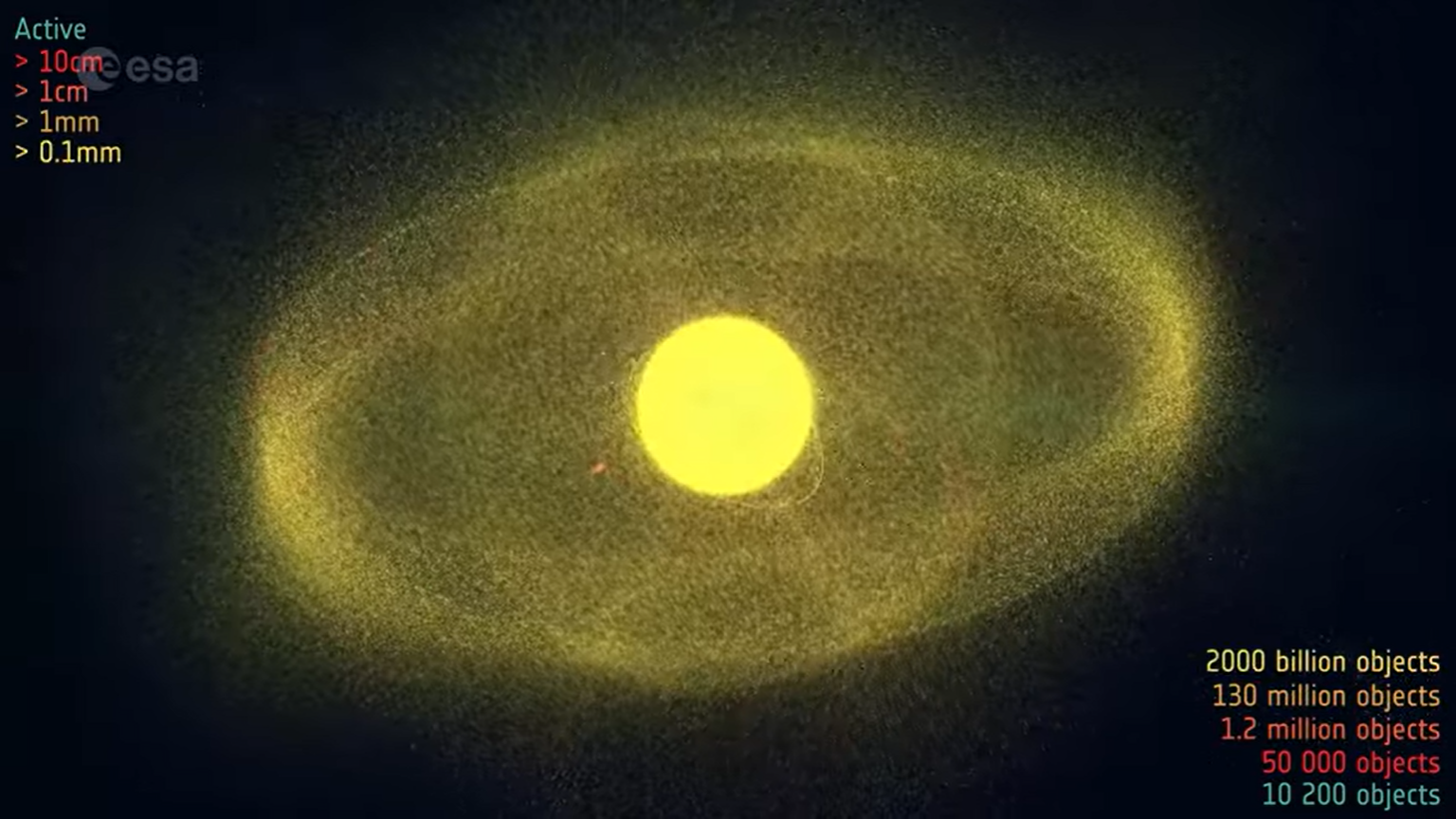Billionaire Yuri Milner's Breakthrough Initiatives Eyes Private Mission to Seek Alien Life

MOFFETT FIELD, Calif. — Government agencies may not have a monopoly on life-hunting space missions for much longer.
Breakthrough Initiatives, which already scans the heavens for possible signals from faraway alien civilizations, is considering looking for E.T. on worlds close to home, founder Yuri Milner said.
"We are thinking very seriously about solar system-based initiatives," Milner said here Sunday (Nov. 4) at the seventh annual Breakthrough Prize ceremony at NASA's Ames Research Center. "We're thinking, within our foundation, is there something we can do, privately funded, which will supplement the government-funded projects?" [6 Most Likely Places for Alien Life in the Solar System]
Milner, a billionaire tech investor, founded Breakthrough Initiatives in 2015 with his wife, Julia. The organization already funds the $100 million Breakthrough Listen project, which is hunting for pings from intelligent aliens, and the $100 million Breakthrough Starshot effort, which aims to develop tiny laser-sailing spacecraft for the exploration of nearby exoplanetary systems.
A potential Breakthrough mission to a destination in our own solar system would probably have a budget in that neighborhood as well; Milner said program funds are an order of magnitude lower than what governments can provide. (For perspective: NASA's 2020 Mars rover, which will look for signs of ancient Red Planet life, has a price tag of around $2.1 billion.)
"But we can take more risk," Milner said.
So, where might this putative Breakthrough mission go? Milner cited as possibilities Jupiter's moon Europa and the Saturn satellite Enceladus, both of which have oceans of liquid water beneath their icy shells, as well as Venus.
Breaking space news, the latest updates on rocket launches, skywatching events and more!
Venus may seem like an odd choice, given that its surface is bone-dry and hot enough to melt lead. But conditions in the clouds, about 25 miles (40 kilometers) up, are much more life-friendly, Milner noted.
Milner also mentioned Mars as a potential abode for life, but he said the Red Planet is a less "realistic" Breakthrough target.
"On Mars, you probably have to go deep underground, many people believe — probably meters, if not dozens of meters, to see something potentially interesting," Milner said. "And Mars, most of the experts agree that if you find something, it will most likely be some historical artifacts of life, rather than a living organism. But you never know."
Enceladus' inclusion on the list shouldn't come as a big surprise. Last November, Milner said that Breakthrough Initiatives was investigating the feasibility of launching a probe that would look for signs of life in the plume of water vapor and other material wafting from Enceladus' south polar region. This stuff comes from the 313-mile-wide (504 kilometers) moon's buried ocean, scientists say.
Sunday's ceremony honored winners of the Breakthrough Prize, which is given out every year for ground-breaking research in physics, mathematics and life sciences. Seven $3 million awards — the richest in science — were given out this year, along with a handful of other prizes, which brought the total purse to $22 million.
Mike Wall's book about the search for alien life, "Out There," will be published on Nov. 13 by Grand Central Publishing. Follow him on Twitter @michaeldwall. Follow us @Spacedotcom or Facebook. Originally published on Space.com.

Michael Wall is a Senior Space Writer with Space.com and joined the team in 2010. He primarily covers exoplanets, spaceflight and military space, but has been known to dabble in the space art beat. His book about the search for alien life, "Out There," was published on Nov. 13, 2018. Before becoming a science writer, Michael worked as a herpetologist and wildlife biologist. He has a Ph.D. in evolutionary biology from the University of Sydney, Australia, a bachelor's degree from the University of Arizona, and a graduate certificate in science writing from the University of California, Santa Cruz. To find out what his latest project is, you can follow Michael on Twitter.
